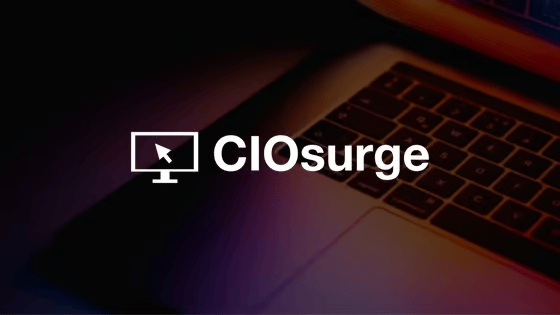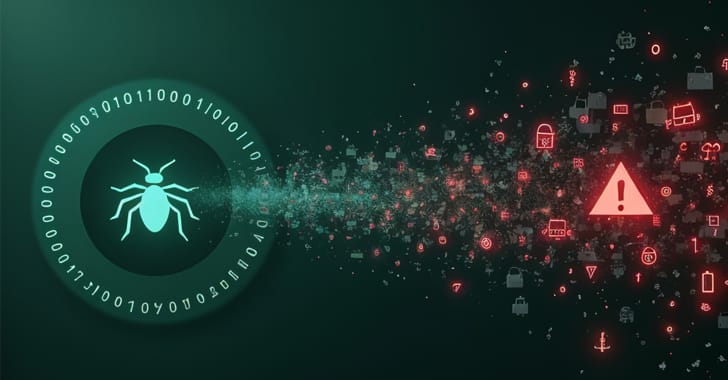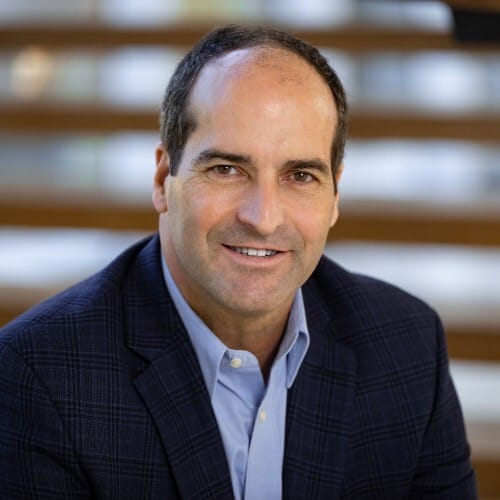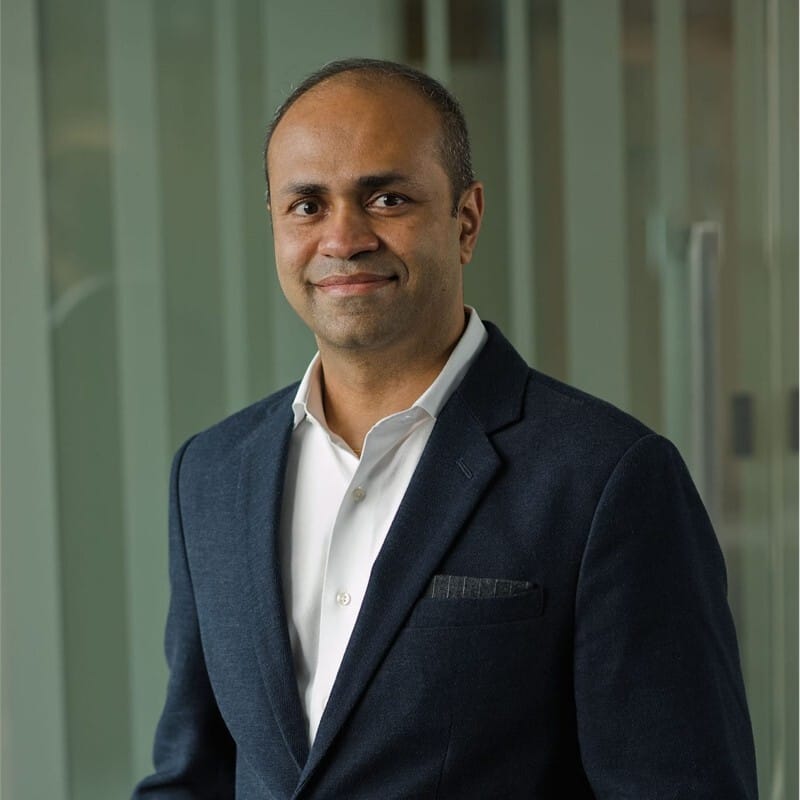- CIOsurge
- Posts
- 🛡️ AI-driven malware challenges detection systems
🛡️ AI-driven malware challenges detection systems
AI Malware Threats, Generational Tech Gaps, New CIOs at Northwestern Mutual and Humana

Powered by Single Fin
Welcome to this week’s edition of CIOsurge!
This week:
AI-driven malware exposes critical gaps in detection systems, requiring CIOs to rethink cybersecurity strategies.
Generational divides in tech adoption present opportunities for mentorship and collaborative innovation in the workplace.
Leadership shifts at Northwestern Mutual and Humana signal renewed focus on digital transformation and technology modernization.
Let’s make this week a game-changer.
Stay sharp. Stay ahead.
🛡️ AI-driven malware challenges detection systems
Researchers revealed that AI models could generate over 10,000 malware variants, evading detection in 88% of cases. By iteratively rewriting malicious JavaScript, attackers exploit generative AI to degrade machine learning defenses. Tools like WormGPT further automate phishing and malware crafting, increasing the threat landscape.
Generative AI’s misuse for malware development highlights an urgent call for adaptability in our defensive strategies. As IT professionals, we must understand how adversaries use AI to manipulate detection algorithms, creating nearly undetectable code. This isn’t just an evolution of the threat—it’s a paradigm shift requiring us to reevaluate our security frameworks and investments.
Machine learning models designed for malware detection must now contend with adversarial AI techniques that generate realistic, benign-looking variants. The challenge for CIOs is twofold: adopting AI to enhance defenses while staying ahead of its weaponization by attackers. Investing in adaptive training data and bolstering our cybersecurity protocols will be critical moving forward.
- Zack Tembi
👥 Bridging generational gaps in workplace tech adoption
CIOs are tackling generational divides in tech adoption by employing strategies like buddy systems and hybrid training. Younger employees often favor flexible, multi-platform tools, while older workers may resist AI or non-linear systems. By fostering collaboration between age groups, organizations can enhance productivity and embrace modern technologies.
Generational divides in technology adoption are more than just a workplace challenge—they’re an opportunity to build a cohesive, adaptive workforce. Older employees bring valuable institutional knowledge and problem-solving experience, while younger colleagues often have an intuitive grasp of emerging tools. CIOs can foster an environment where these strengths complement each other through structured mentorship and tailored training programs.
Investing in these efforts is critical for CIOs looking to future-proof their organizations. Beyond improving adoption rates, initiatives like reverse mentoring and hybrid training can drive innovation and ensure the workforce remains agile. This isn't just about learning new tools—it’s about creating a culture of continuous learning and mutual support, which every IT leader should prioritize.
- Zack Tembi
💬 Zack's Take

Cleaning the “Data Attic”
Managing enterprise data often feels like tackling a neglected attic—overwhelming, avoided, and only addressed during emergencies. Over time, organizations accumulate unused services, outdated data pipelines, and redundant storage solutions, all of which drive up costs and create inefficiencies. Yet, this “technical debt” rarely gets the attention it deserves in day-to-day operations.
CIOs who prioritize regular data hygiene see substantial benefits, from cost savings to improved performance. The first step is categorizing data by value—tiering high-priority datasets for frequent use while shifting compliance-related or rarely accessed data to cost-effective storage. Automation can also help streamline these processes, reducing the manual burden on teams.
The key is building a culture of continuous optimization rather than waiting for an annual overhaul. By dedicating small, regular efforts to data management, organizations avoid the pitfalls of technical debt accumulation. This approach not only reduces costs but ensures data systems remain scalable, efficient, and ready for future demands.
🗞️ At A Glance

💡 CIO Spotlights
Dave Gordon takes on Northwestern Mutual's digital transformation
Dave Gordon, formerly VP and CTO, has been named Northwestern Mutual’s chief digital and information officer, reporting to incoming CEO Tim Gerend.
With leadership experience at USAA, BMO Harris Bank, and Capital One, Gordon will oversee AI, cybersecurity, and digital strategy.
His appointment follows a year of executive transitions, positioning him to modernize the firm’s tech initiatives.
Humana appoints Japan Mehta as CIO to lead tech transformation
Japan Mehta will join Humana as CIO in Q1 2025, overseeing digital and technology systems to modernize operations and enhance clinical decision-making.
Mehta brings over 20 years of leadership in regulated industries, most recently as Chief Data Officer at Citi.
He succeeds retiring CIO Sam Deshpande, who will stay briefly as an advisor to support Mehta's onboarding.





Reply